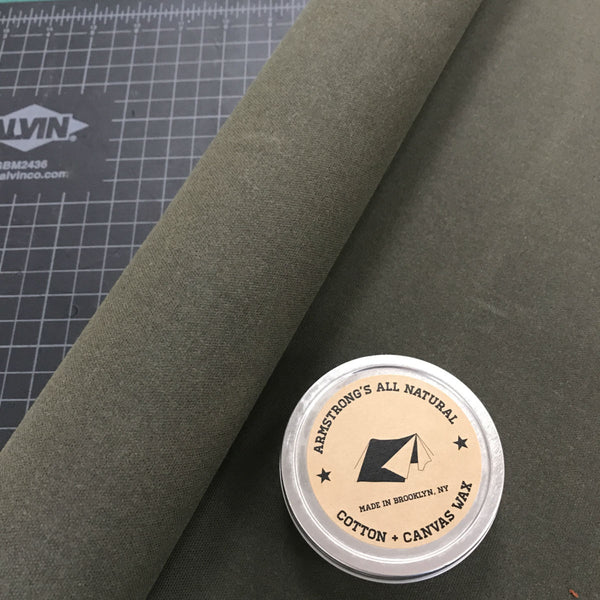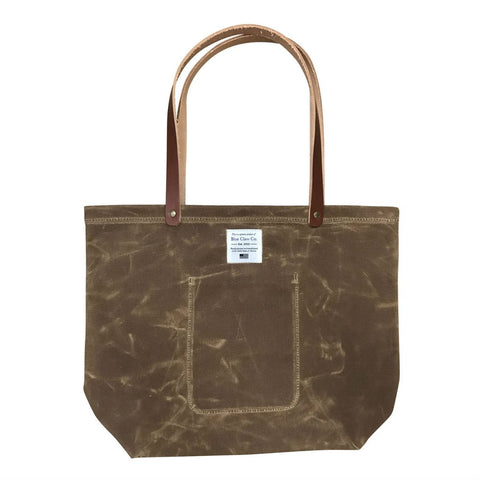Wax cotton has in recent times, re-surfaced as a go-to fabric for anyone that fits the mold of an "outdoorsy" person. Or anyone looking for a durable, high quality, weather resistant fabric for that matter. But what most people don't know...this stuff has been around for many years. In fact, some refer to it as one of the oldest materials in the world. So that's cool-- our ancestors saw value in its use. We recommend you follow in their footsteps.
Original use can be traced back to the mid-19th century. Very early Scottish sailors were known to rub fish oil on their sailcloth in an effort to weatherproof the material, which by the way, is also one of the main reasons we use waxed canvass today. Later on, it quickly became a favorite fabric for the military. Mostly because of its waterproofing nature, comfort, fit, and durability. Today, you'll see it being used for rugged outerwear, duffel bags of all sorts, dopp kits, and more. From iconic brands such as Duluth Pack, Filson, L.L. Bean, and Eddie Bauer to younger brands like Buffalo Jackson, Blue Claw Co and Frost River.
Waxed canvas not only offers weather proofing characteristics, but is also extremely durable. It all starts when a paraffin or natural wax is woven into, or surface applied to a cotton material. Naturally, the wax will rub off with time, which requires an occasional re-waxing. A necessary task in order to maintain its benefits. Learn how to re-wax your products here. Consider re-waxing your products on an annual basis.
Appearance-wise, waxed canvass only gets better looking with time. Almost like a good quality leather. Every nick, scratch, and crease becomes a statement of character.
A few suggestions:
-DO NOT store your products in damp areas that naturally breed mold.
-Re-wax them during spring or summer months when materials are warmer and more pliable.
-Never store products that are damp or wet. Let them air dry prior to putting them away.
-NEVER put your waxed products in the washing machine. Nor send it to the cleaner.
-A freshly waxed product may leave an oily residue on other things, such as your pants, furniture, etc. So take caution until the oiliness has subsided.
-Using chemicals to clean your products may strip away the wax. Instead, gently brush away stains with plain water and a soft bristled brush. Need to add pressure? Try spraying with a garden hose.
-Waxed canvas is built to withstand the harshest treatment. Get out there and let it do its its job. The more you throw at it, the better it will become.
A little care and upkeep will ensure that waxed canvas of yours stays in ship shape for years to come.

